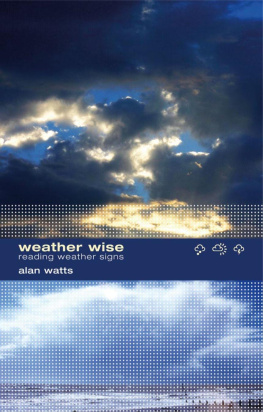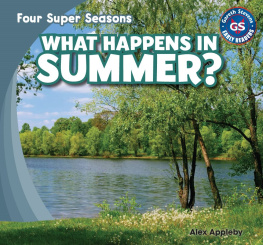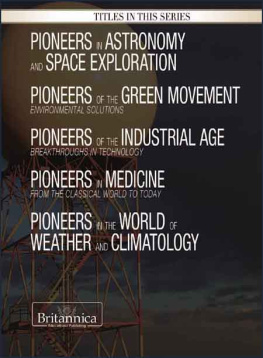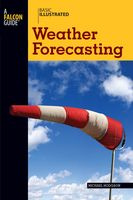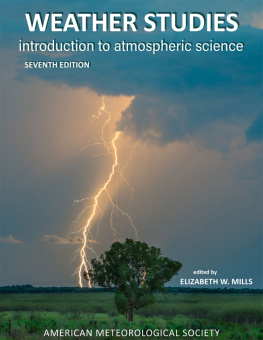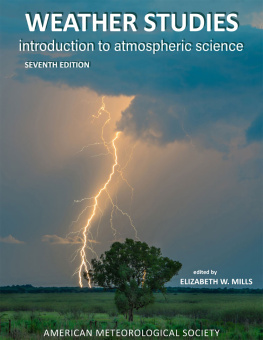
The American Meteorological Society
Education Program
Founded in 1919, the American Meteorological Society (AMS) is the nations premier scientific and professional organization promoting and disseminating information about the atmospheric, oceanic, and hydrologic sciences. Our more than 13,000 U.S. and International members include scientists, researchers, educators, broadcast meteorologists, students, weather enthusiasts, and other professionals in the fields of weather, water, and climate.
The Education Program is the initiative of the American Meteorological Society fostering the teaching of the atmospheric, oceanic, and hydrologic sciences at the precollege level and in community college, college and university programs. It is a unique partnership between scientists and educators at all levels with the ultimate goals of (1) attracting young people to further studies in science, mathematics, and technology, and (2) promoting public scientific literacy. This is done via the development and dissemination of scientifically authentic, up-to-date, and instructionally sound learning and resource materials for teachers and students.
AMS Weather Studies is an introductory, undergraduate-level meteorology course generally offered in partnership with college and university faculty. DataStreme Atmosphere is a graduate-level teacher professional development program that increases the content knowledge and pedagogical skills of in-service K-12 teachers so they feel more confident engaging meteorological topics in the classroom. Both courses provide a comprehensive study of the principles of meteorology and appropriate investigations and applications focusing on web-delivered real-world weather data.
Developmental work for AMS Weather Studies was supported by the Division of Undergraduate Education of the National Science Foundation under Grant No. DUE - 9752416.

| This project was supported, in part, by the National Science Foundation Opinions expressed are those of the authors and not necessarily those of the Foundation |
AMS Weather Studies is currently supported in part by the National Oceanic and Atmospheric Administration (NOAA).

| Opinions expressed are those of the authors and not necessarily those of NOAA |
Copyright 2020 by the American Meteorological Society
All rights reserved. No part of this publication may be reproduced, stored in a retrieval system, or transmitted, in any form or by any means, electronic, mechanical, photocopying, recording or otherwise, without the prior written permission of the publisher.
Welcome to AMS Weather Studies
Important Notes
This Weather Studies Investigations Manual is designed to introduce you to tools that enable you to explore, analyze, and interpret the workings of Earths atmosphere.
This Manual is composed of self-contained investigations. These learning experiences draw from weather observations and events to assist you in achieving the objectives listed at the beginning of each investigation. The investigations build on each previous investigation to help you form a comprehensive understanding of the Earth systems atmospheric environment.
Figures in this Manual can be printed by clicking on the figure to view and print a web version of that image.
Several figures in this Manual are extracted from the Maps & Links page of the AMS RealTime Weather Portal . While the Maps & Links page is linked from the RealTime Weather Portal, it may also be reached directly. The URL of this Maps & Links page is
https://www.ametsoc.org/WeatherStudiesLinks .
You should familiarize yourself with the Portal, if applicable to your course, as well as the Maps & Links page.
AMS Weather Studies Investigations
Draw isobars on a surface weather map and interpret isobar patterns.
Apply the hand-twist model to surface winds in highs and lows.
Decode symbols on a surface weather map and interpret weather conditions in the vertical.
Interpret weather conditions on a surface weather map and in the vertical using a Stve diagram.
Describe variations in solar radiation throughout the year by latitude.
Compare visible and infrared satellite images for weather interpretation.
Locate regions on a weather map where cold and warm air advection is occurring..
Relate warm and cold air advection patterns to circulations of weather systems.
Use the pressure block concept to demonstrate the influence of air density and air temperature on changes in air pressure with altitude.
Use a meteogram to describe changes in air pressure and other weather conditions with the passage of a warm front or a cold front..
Use cloud-in-a-bottle demonstration and a sounding on a Stve diagram to illustrate how temperature changes are related to pressure changes.
Use a Stve diagram to illustrate dry and saturated adiabatic processes as air parcels ascend and descend in the atmosphere.
Locate and track areas of precipitation using weather radar operating in the reflectivity mode.
Describe the wind pattern detected by Doppler weather radar for a severe weather situation.
Examine the influence of forces on horizontal air motion near Earths surface.
Describe the properties of a 500-mb map analysis and identify highs, lows, ridges, and troughs.
Examine upper-air westerly wave patterns, the jet stream, and how these features influence midlatitude surface weather.
Describe atmospheric and oceanic conditions that accompany periodic warming of the tropical Pacific Ocean.
Describe weather conditions surrounding the center of a typical extratropical cyclone in the midlatitudes.
Compare weather conditions on either side of an extratropical cyclones passage in the midlatitudes.
Examine thunderstorms and tornado characteristics as they appear on visible, infrared, and water vapor satellite images.
Understand the development of a thunderstorm and tornado.
Explore the relationships between central sea-level pressures and wind speeds throughout the life of a hurricane.
Plot a hurricane as it approaches a coastal area and assess the potential threats to life and property.
Explore the data provided by the Automated Surface Observing System (ASOS) and access weather observations for the U.S. and the world via the Internet.
Describe the general elements of a weather forecast and explore the NWS office forecast made available for the public.
Describe interactions of light with atmospheric water droplets and ice crystals and the resulting optical phenomena.
Describe how refraction of light varies with solar altitude and how it affects periods of daylight.
Portray statistical climate values on a climograph and compare climographs from various locations to explore climate controls.
Interpret data appearing in the Local Climate Data, Annual Summary With Comparative Data and determine how to access archived data.
Surface Air Pressure Patterns and Winds



